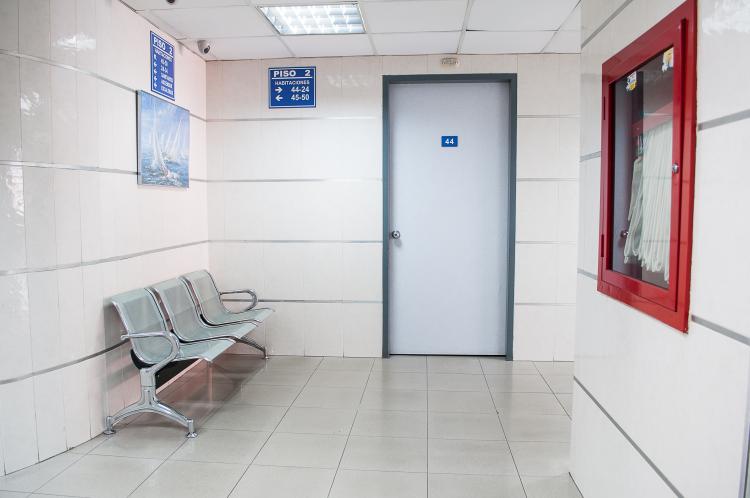
As levels of ozone and fine particulate pollution (PM2.5) rise, more patients end up in the ER with breathing problems, according to the largest U.S. study of air pollution and respiratory emergency room visits of patients of all ages. The study was published online in the American Thoracic Society's American Journal of Respiratory and Critical Care Medicine.
In "Age-specific Associations of Ozone and PM2.5 with Respiratory Emergency Department Visits in the U.S.," Heather M. Strosnider, PhD, MPH, and colleagues report on the associations between ground-level ozone and fine particulate pollution and ER visits for asthma, chronic obstructive pulmonary disease (COPD) and respiratory infections.
"Previous studies of ER visits related to respiratory illness have shown that children are particularly susceptible to air pollution, but those studies were mostly confined to a single city," said Dr. Strosnider, lead health scientist at the Centers for Disease Control and Prevention (CDC) National Environmental Public Health Tracking Program (Tracking Program). The researchers leveraged the data available through the Tracking Program to look at the association between air pollution and respiratory ER visits across hundreds of U.S. counties.
Ozone, the main ingredient of smog, and fine particulate pollution, microscopic particles that penetrate deep into the lung, are two important forms of air pollution in the U.S. The study looked at the levels of these two pollutants in 869 counties in the week prior to an ER visit for a breathing problem. The study included nearly 40 million ER visits for breathing problems from the counties, which represent 45 percent of the U.S. population.
The researchers divided patients into three groups: children under the age of 19, adults under the age of 65 and adults over the age of 65. The study found:
- An association between ozone and respiratory ER visits among all age groups, with the strongest association in adults under age 65. Per 20 parts per billion (ppb) increase in ozone, the rate of an ER visit for respiratory problems increased 1.7 percent among children, 5.1 percent among adults under 65 and 3.3 percent among adults over 65.
- Increased levels of ozone resulted in increased ER visits for asthma, acute respiratory infections, COPD and pneumonia. Overall the association was strongest for asthma among adults under 65.
- An association was found between fine particulate pollution (PM2.5) and respiratory ER visits among children and adults under the age of 65, with the strongest association among children. Per 10 microgram per cubic meter (?g/m3) increase in PM2.5, the rate of an ER visit increased 2.4 percent in children and 0.8 percent among adults under 65.
- Increased levels of fine particulate matter resulted in increased visits for asthma, acute respiratory infections and pneumonia.
The authors wrote that their study findings support the Environmental Protection Agency's "determination of a likely causal relationship between PM2.5 and respiratory effects and a causal relationship between ozone and respiratory effects." However, they emphasized that their study also found important variations in those relationships based on the age of the patient, the pollutant, and the respiratory illness under consideration.
Dr. Strosnider said that study findings should guide efforts to protect those most vulnerable to air pollution. "For example, we observed strong associations for ozone among adults under 65 and for fine particulate pollution among children," she said. "This information can be used by public health officials and governments to make important decisions about air pollution and respiratory health in our communities."
Study limitations include the fact that county air pollution measurements do not measure personal exposure and counties in the Northwest and mid-Atlantic were under-represented in the study.
Via Air pollution increases ER visits for breathing problems

 App Store
App Store  Play Store
Play Store 


